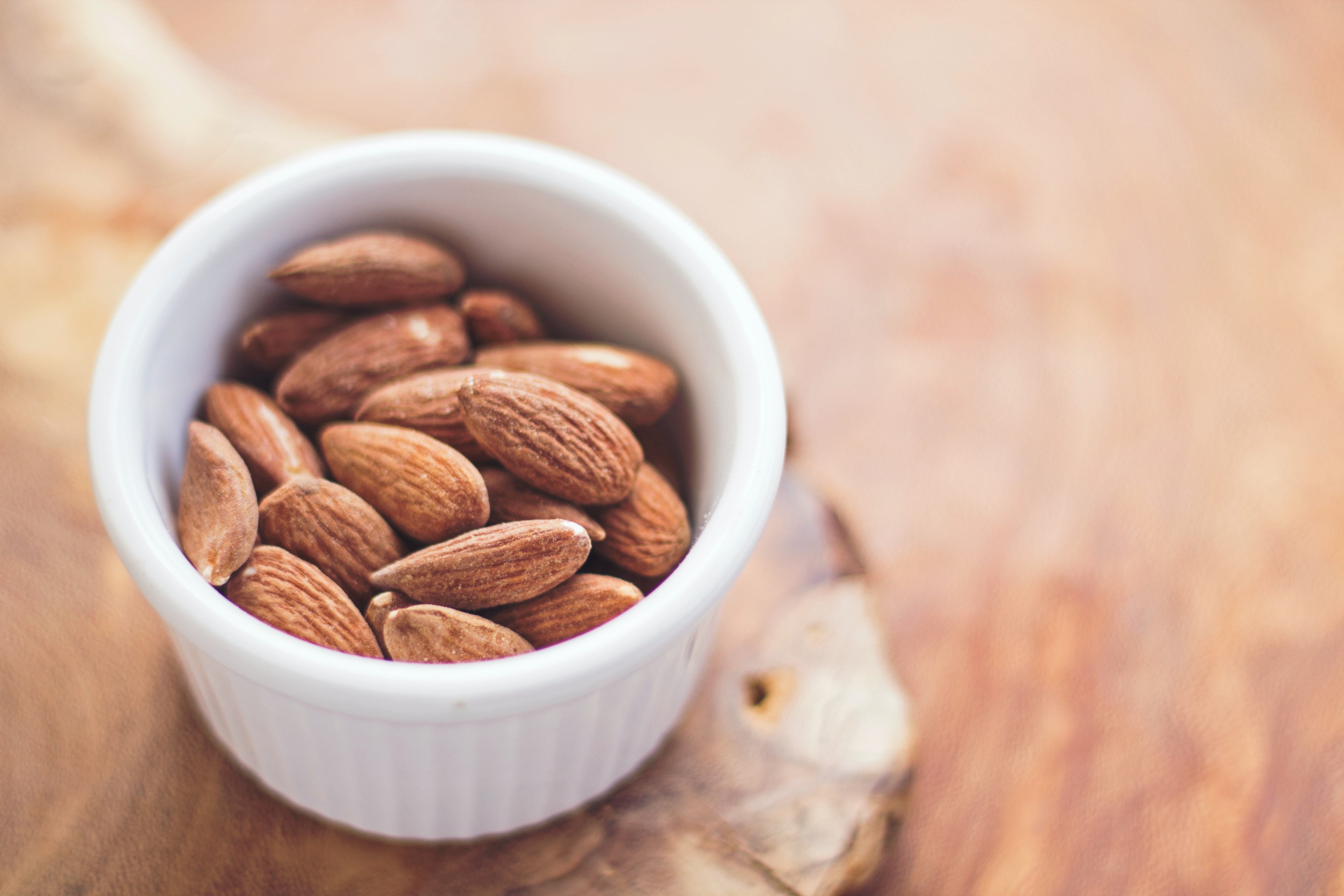After ovulation, the ovary begins to secrete progesterone. The luteal phase is a progesterone-dominant phase. During this phase, appetite increases quite noticeably. Studies have shown it is completely normal for the body to require an extra 200-300 calories a day during the luteal phase. Nutrients most needed in this phase are magnesium, calcium vitamin b6, vitamin b5, vitamin c, and selenium this helps build healthy progesterone levels. There are also studies that suggest beta-carotene is beneficial for progesterone production. Blood sugar balance becomes a little more unstable during this phase, however, this can easily be fixed by eating enough calories and not depriving the body of the extra calories it is asking for. Protein is also important in this phase for steady blood sugar. During the first part of the luteal phase, energy can remain high but energy will slowly start tapering off, especially the few days before the period is about to begin. Because estrogen rises again in the second part of the luteal phase (before dropping) histamine problems can arise again and have been associated with PMS symptoms. During this time it is important to focus on building foods with an emphasis on more calorie-dense foods, complex carbohydrates, and healthy plant-based protein and fat as well as lots of magnesium, calcium, and b6 to help manage PMS symptoms. Water retention is also common in the luteal phase which is why it’s important to drink lots of water to help ease water retention. Digestion is naturally more sluggish in the luteal phase due to the high progesterone levels. High progesterone can lead to constipation as it slows the gut. Hydration, fibre, healthy fats and magnesium-rich foods are important to help alleviate this. If you suffer from period pain, most studies suggest adding pain and inflammation-relieving foods and nutrients at least 3 days prior to menstruation for maximum effects. Read my foods for period pain article here:https://hazelandcacao.com/the-best-plant-based-foods-to-help-with-period-pain/

Of all the nutrients in the luteal phase, magnesium is the most important. In fact, some researchers believe that PMS itself is actually a magnesium deficiency. Magnesium is easily depleted by stress so it may be hard to get enough magnesium through food alone if stress is high. Having enough magnesium will greatly diminish mood-related PMS symptoms, and hormonal headaches/migraines as well as help with blood sugar regulation and water retention. This may be a reason why women crave chocolate before their period as chocolate (especially dark chocolate or raw cacao) is a high source of magnesium. Magnesium needs vitamin B6 and tryptophan to build serotonin to support mood at the end of the menstrual cycle to support mood when hormones are dropping. Stress management is also key during this phase as stress can make PMS symptoms 4x worse.










